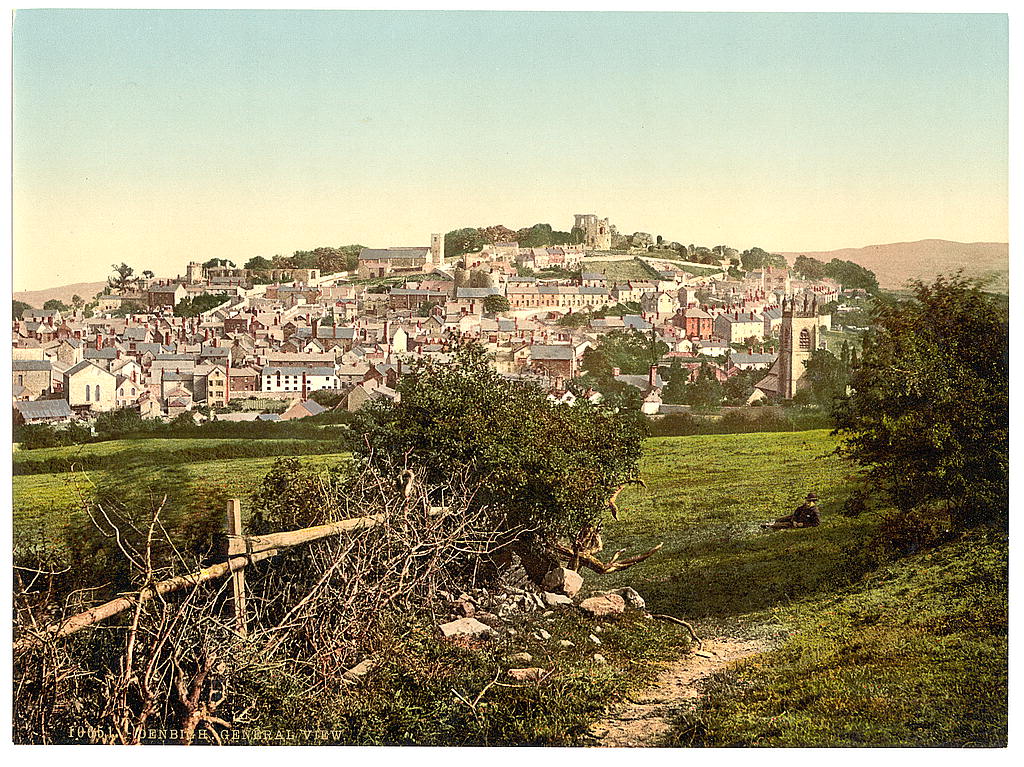|
Denbigh Railway Station
Denbigh railway station served the town of Denbigh in Wales. It closed in 1962. The only remains of the station are sections of platform edge. The Vale of Clwyd Railway had used a temporary stop at Denbigh from 1858 until their station buildings, which also housed their headquarters, were constructed. The station was designed, along with several other stations on the line, by the local firm of Lloyd Williams and Underwood. It opened in December 1860 and was for some time the terminus of the railway, until the line extension to Ruthin opened in 1862. The Tudor Gothic-style station building, which incorporated accommodation on the first-floor for the station master, primarily used limestone, with detailing such as around the doors, windows and chimneys being of Freestone (masonry), freestone. The booking and left luggage offices were placed centrally, and there were three waiting rooms - a general room, one for ladies travelling first-class and another for those ladies travell ... [...More Info...] [...Related Items...] OR: [Wikipedia] [Google] [Baidu] |
Denbigh
Denbigh (; cy, Dinbych; ) is a market town and a community in Denbighshire, Wales. Formerly, the county town, the Welsh name translates to "Little Fortress"; a reference to its historic castle. Denbigh lies near the Clwydian Hills. History Denbigh Castle, together with its town walls, was built in 1282 by order of King Edward I. The Burgess Gate, whose twin towers adorn the symbol on Denbigh's civic seal, was once the main entrance into the town. The first borough charter was granted to Denbigh in 1290, when the town was still contained within the old town walls. It was the centre of the Marcher Lordship of Denbigh. The town was involved in the revolt of Madog ap Llywelyn in 1294–1295; the castle was captured in the autumn, and on 11 November 1294 a relieving force was defeated by the Welsh rebels. The town was recaptured by Edward I in December. Denbigh was also burnt in 1400 during the revolt of Owain Glyndŵr. During the Wars of the Roses (1455-1487), the town was ... [...More Info...] [...Related Items...] OR: [Wikipedia] [Google] [Baidu] |
